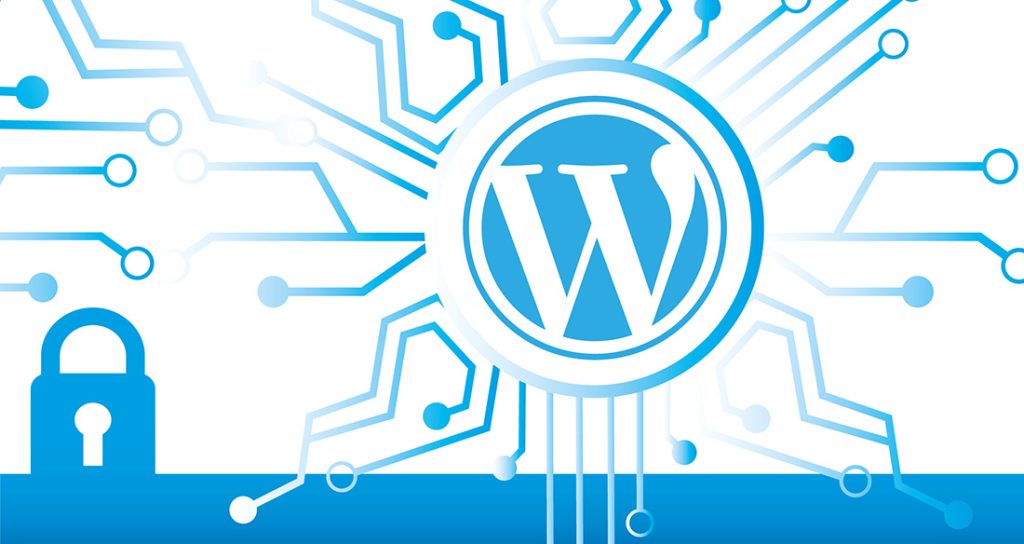WordPress is a widely used and versatile platform for building websites, but its popularity also makes it a prime target for hackers. Ensuring the security of your WordPress website is paramount to protect your data, your visitors, and your online reputation. In this blog post, we’ll explore some essential tips to help you fortify your WordPress website’s security.
1. Keep Everything Updated: One of the simplest and most effective ways to enhance WordPress security is to keep your core installation, themes, and plugins up to date. Updates often contain security patches that address vulnerabilities.
2. Strong Passwords: Use strong, unique passwords for your WordPress admin and database. Avoid easily guessable passwords like “password123” and consider using a password manager to generate and store complex passwords.
3. Two-Factor Authentication (2FA): Enabling 2FA adds an extra layer of security by requiring a one-time code in addition to your password. This helps prevent unauthorized access, even if someone knows your password.
4. Limit Login Attempts: WordPress allows you to limit the number of login attempts to your admin area. Reducing the number of login attempts can deter brute force attacks.
5. Regular Backups: Regularly back up your website’s data and files. In case of a security breach, you can restore your site to a safe state. Numerous plugins can automate this process for you.
6. Secure Hosting: Choose a reputable hosting provider that emphasizes security. Look for features like firewalls, regular security audits, and malware scanning.
7. SSL Certificate: An SSL certificate ensures data transmission between your website and visitors is encrypted. It not only secures data but also boosts your site’s search engine rankings.
8. Security Plugins: WordPress offers several security plugins that can bolster your website’s protection, such as Wordfence, Sucuri, or iThemes Security.
9. Disable Directory Listing: By disabling directory listing, you prevent potential attackers from viewing the contents of your directories, making it harder for them to identify vulnerabilities.
10. Monitor and Audit: Regularly monitor your site for suspicious activity, and set up alerts for unauthorized login attempts. Additionally, audit your user accounts and remove any unnecessary ones.
In a world where online threats continue to evolve, securing your WordPress website is an ongoing process. By following these fundamental security practices, you can reduce the risk of your site falling victim to cyberattacks and maintain the trust of your visitors. Remember, a secure WordPress site is a resilient one, ready to withstand the challenges of the digital landscape.

